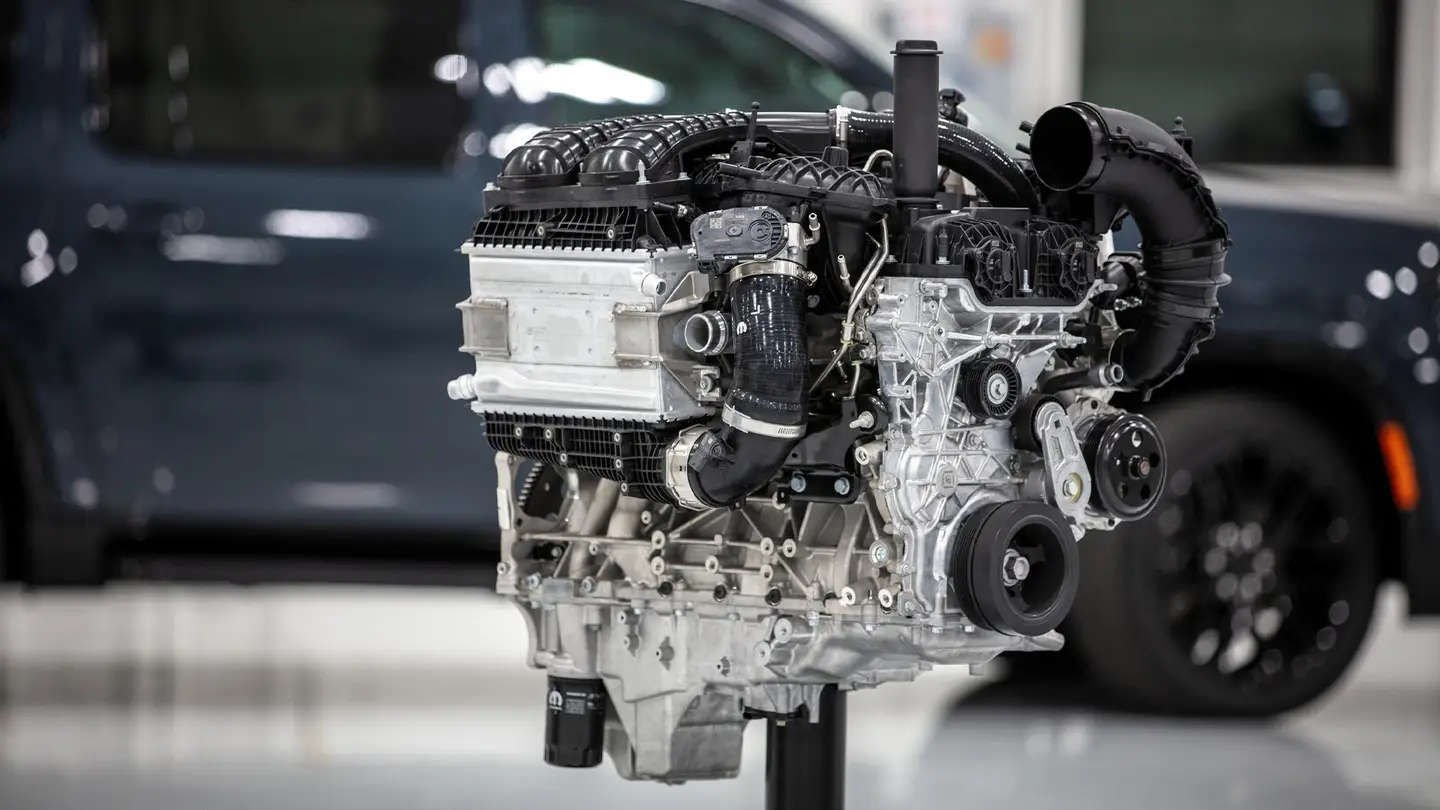Stellantis has introduced a significant investment exceeding $6 billion earmarked for powertrain development, with a primary focus on advancing Bio-Hybrid technology.
This innovative approach integrates electrification with flex-fuel engines designed to run on biofuels such as ethanol. The initiative encompasses a range of powertrains, including plug-in hybrids, dual-clutch transmissions, and fully electric vehicles.
The pioneering work on Bio-Hybrid technology is taking place at the Stellantis Automotive Hub in Betim, Brazil. Plans are underway to commence production of a new fully electric vehicle at this facility in the future.
Stellantis anticipates the introduction of new hybrid technologies by the year’s end, indicating that the electric Charger Daytona serves as just a glimpse into the brand’s future lineup.
Stellantis South America COO Emanuel Cappellano highlighted, “Four global platforms, associated with Bio-Hybrid technologies, will be implemented – more than 40 models, in addition to eight new powertrains and electrification applications.”
Although specific vehicle models and powertrain details are yet to be disclosed, the expansive scope of the initiative suggests a diverse array of offerings, spanning from compact commuter cars to midsize pickups and full-size commercial vehicles.

While the discontinuation of the V8 engine in the Dodge Charger may concern some enthusiasts, Stellantis remains committed to preserving combustion engine technology. This substantial investment, set to transpire from 2025 to 2030, underscores the company’s dedication to sustaining traditional engines.
Moreover, Stellantis continues to explore various alternatives. Last September, the company revealed that many of its vehicles are compatible with synthetic fuel, indicating a potential trajectory for the new engines being developed in Brazil.
While the availability of these engines and products in the American market remains uncertain, they are envisioned as global offerings, potentially aligning with US market requirements.
Stellantis exhibits adaptability by exploring diverse technological avenues and keeping multiple options open. The conglomerate’s readiness to even consider assembling EVs in the US with Chinese components underscores its flexible approach, ensuring preparedness for potential shifts in automotive industry regulations and dynamics.
Also read: The 2025 Dodge Charger Sixpack Unveils a 550-HP Twin-Turbo Inline-Six Engine

